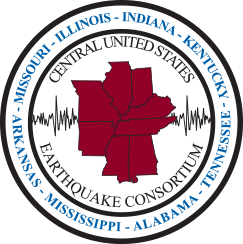ORGANIZE DISASTER SUPPLIES in convenient locations.
Everyone should have personal disaster supplies kits. Keep them where you spend most of your time, so they can be reached even if your building is badly damaged. The kits will be useful for many emergencies.
You should also have disaster supplies kits stored in accessible locations at home, at work and in your vehicle. Having these emergency supplies readily available can reduce the impact of an earthquake, a terrorist incident or other emergency on you and your family. Your disaster supplies kits should include food, water, flashlights, portable radios, batteries, a first aid kit, cash, extra medications, a whistle, fire extinguisher, etc.
Keep one kit in your home, another in your car, and a third kit at work. Backpacks or other small bags are best for your disaster supplies kits so you can take them with you if you evacuate. Include at least the following items:
|
|
Household disaster supplies kit
Electrical, water, transportation, and other vital systems can be disrupted for several days or much longer in some places after a large earthquake. Emergency response agencies and hospitals could be overwhelmed and unable to provide you with immediate assistance. Providing first aid and having supplies will save lives, will make life more comfortable, and will help you cope after the next earthquake.
![]()
In addition to your personal disaster supplies kits, store a household disaster supplies kit in an easily accessible location (in a large watertight container that can be easily moved), with a supply of the following items to last at least 3 days and ideally for 2 weeks:
|
|
Use and replace perishable items like water, food, medications and batteries on a yearly basis.
A special note about children
If earthquakes scare us because we feel out of control, think how much more true this must be for children, who already must depend on adults for so much of their lives. It is important to spend time with children in your care before the next earthquake to explain why earthquakes occur. Involve them in developing your disaster plan, prepare disaster supplies kits, and practice “Drop, Cover, and Hold On.” Consider simulating post-earthquake conditions by going without electricity or tap water.
After the earthquake, remember that children will be under great stress. They may be frightened, their routine will probably be disrupted, and the aftershocks won’t let them forget the experience. Adults tend to leave their children in order to deal with the many demands of the emergency, but this can be devastating to children. Extra contact and support from parents in the early days will pay off later. Whenever possible, include them in the recovery process.
Now that you have Organized your Disaster Supplies, learn how to Minimize Financial Hardships with Step 4.
The Seven Steps to Earthquake Safety are provided courtesy of the Earthquake Country Alliance, a public-private-grass roots partnership managed by the Southern California Earthquake Center. Seven Steps icons provided courtesy of the California Earthquake Authority.
